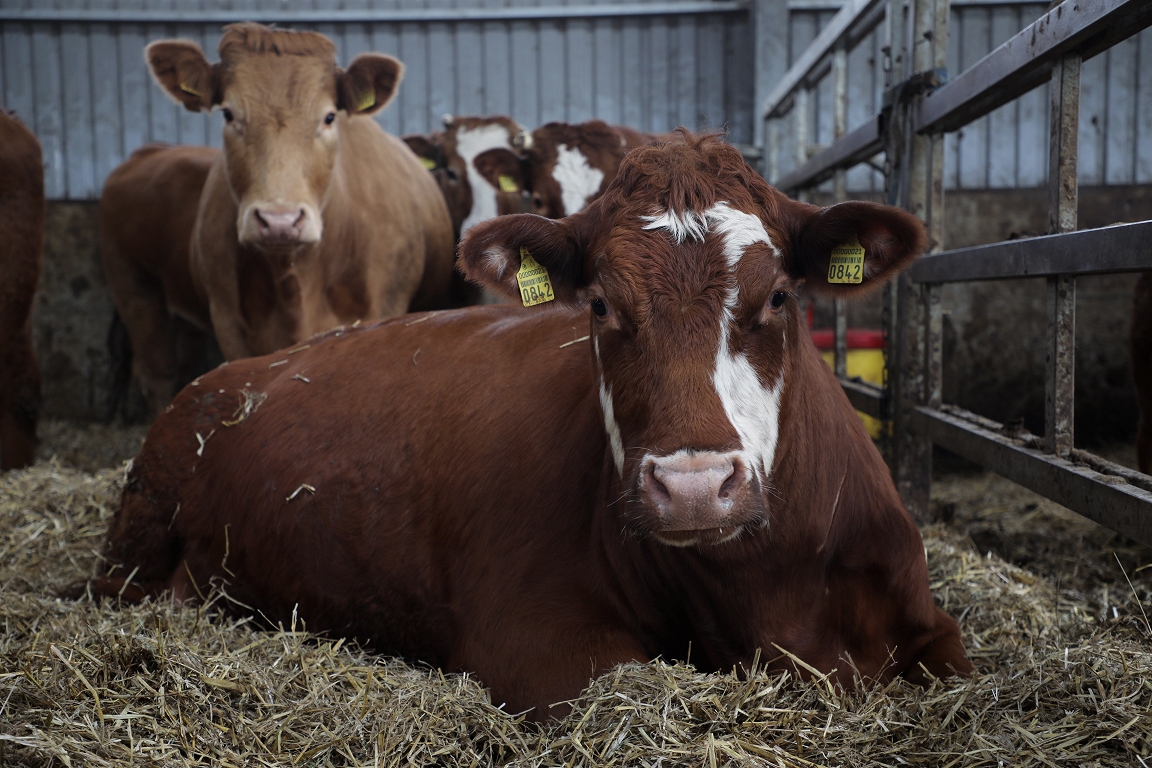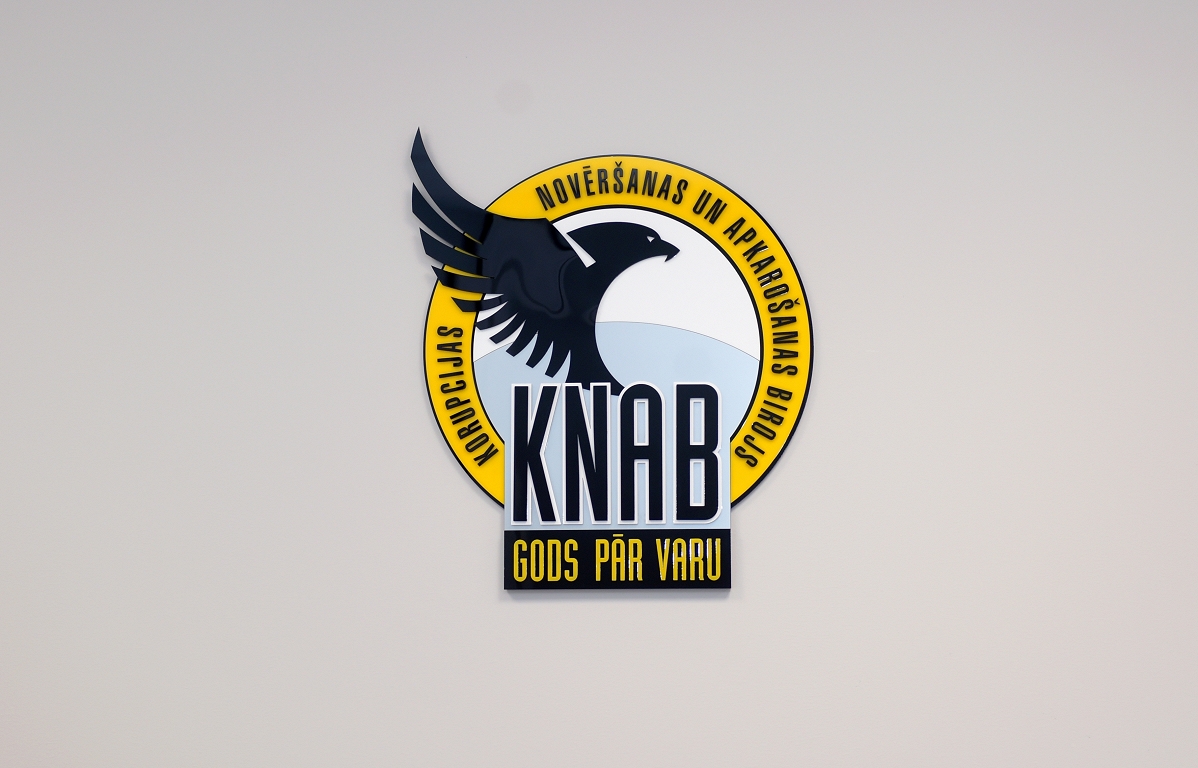Vehicle disinfection could be introduced at the border / day if necessary

He explained that the Crisis Management Board was offered a scenario with different levels of threat, of which the third and fourth levels also include disinfection of cars on the state border.
According to Baloza, for the time being, the disease of the mouth and nail has not spread outside the protection zone set by the European Commission, but still retains dynamics, so be very careful. Currently, disinfection is not needed on the border as it is already done in Poland, Hungary and Slovakia.
If the disease goes out of control and also affects Poland and reaches the Warsaw region, it will be necessary to restore veterinary control at the border, including disinfection of various types of vehicles, Balodis said.
« Infectious diseases around us are continuous, so bio -safety on farms must be observed, whether in Slovakia there is mouth and nail disease or not. These basic things are permanent because the diseases are different and much, » said Balodis.
Meanwhile, Minister of Agriculture Armands Krauze (ZZS) said that in Europe, the mouth and nail disease have spread to Hungary and Slovakia, which is about 1000 kilometers in a straight line from Latvia, but about 1,400 kilometers. Currently, the risks in Latvia are relatively small, Krauze emphasized.
At the same time, the Crisis Management Council examined the possibilities that the disease stands out in Poland and approaches the Lithuanian border, as Latvia must be ready, the minister said. The Ministry of Agriculture (MoA) is currently informing farmers about the safety measures to be taken.
Similarly, the MoA is currently in total agricultural policy for EUR 7.5 million for biod security measures, and a two million euro program will be opened soon, where farmers will be able to submit projects to improve biodiversity.
At the same time, Krauze emphasized that bio -security levels in Latvian farms are at a very high level, citing the localization of African swine fever. Krauze also urged farmers not to buy animals from Hungary and Slovakia.
The MoA informed LETA that Prime Minister Evika Siliņa (JV) has instructed the FVS to set up an operational management group at the crisis management council meeting, which is to coordinate all organizational issues regarding measures to reduce the risks of the mouth and nail disease in Latvia if the dangerous disease was detected in the country.
The Crisis Management Council agreed that Latvia, together with the Baltic States and Poland, should take coordinated preventive measures, such as increased sanitary and veterinary inspections at the internal border. In the event of an outbreak of the disease, the Cabinet of Ministers’ regulations « Procedures for the elimination and threat of the mouth and nail disease » and the disaster management measures set out in the civil protection plan and the civil protection plans of the Civil Defense of Local Government Cooperation.
The Crisis Management Board decided that the spread of the disease is to be assessed as an emergency, so the FVS purchases for suspension and control of the disease could be applied to the negotiated procedure, the MoA informs.
If necessary, the FVS will be able to use the procedures specified in regulatory enactments to involve the resources of legal or natural persons to restrict the spread of the disease, to the tasks of the response and consequences. Municipalities will be obliged to restrict the gathering and movement of persons, if necessary, at the request of the FVS, but the State Police will have to provide support under the control of those restrictions.
As reported, the FVS reported last week that this year the mouth and nail disease were found in three European countries – one outbreak in Germany, five in Slovakia, four in Hungary.
The disease of the mouth and nail is an acute and highly contagious infectious disease characterized by fever and ulcerative inflammation on the tongue, the mucosa of the mouth, the legs around the nail and the nail, and the skin of the udder.
The disease of the mouth and nail is included in cross -border infectious diseases, which can spread quickly and widespread, seriously affecting the livestock industry and disrupting regional, as well as international trade in animals and animal products, causing great economic loss.
The disease of the mouth and nail is not dangerous to human health and does not affect food safety. In Latvia, the disease was last detected in 1987.




:format(webp)/s3/static.nrc.nl/images/gn4/stripped/data133314127-765aec.jpg)


